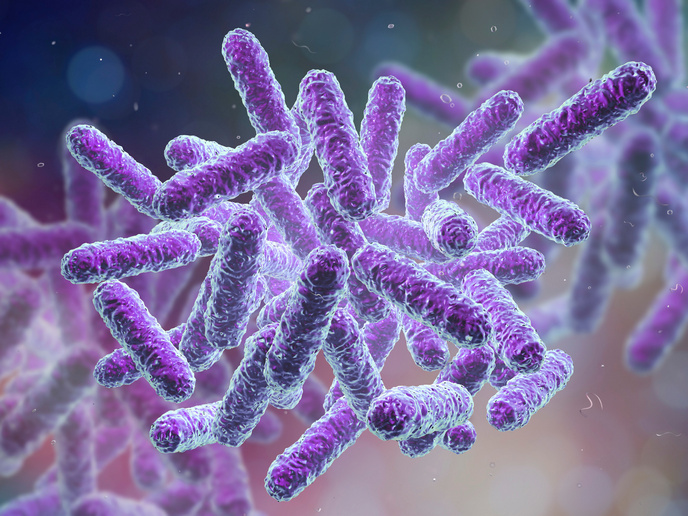Mitochondrial fusion unveiled
Mitochondria, the energy-producing organelles of the cell, constitute a dynamic compartment that frequently changes shape through fission and fusion events of their membranes. These processes are also essential for all mitochondrial functions, including oxidative phosphorylation and apoptosis. Furthermore, impaired mitochondrial fusion and fission lead to numerous pathologies and severe neurodegenerative syndromes such as Parkinson's and Charcot-Marie-Tooth diseases. Mitochondrial fission takes place through a conserved strategy that involves dynamin-related proteins (DRPs) that bind and promote biological membrane fusion. Two of these DRPS, mitofusins and OPA1, mediate fusion of the inner and outer mitochondrial membranes. The scope of the EU-funded MITOFUSION (Dissecting the discrete steps of mitochondrial fusion) project was to dissect the mechanism by which mitofusins promote membrane fusion. Previous work by the consortium on yeast Saccharomyces cerevisiae showed that degradation of mitofusins by the ubiquitin-proteasome system is a necessary step for membrane fusion to take place. During MITOFUSION, scientists followed a multidisciplinary approach based on high-resolution imaging, state-of-the-art biochemistry and cell biology to decipher the mechanism of fusion. Overall, the project's activities provided important insight into the role of the ubiquitin-proteasome system in the biology and homeostasis of mitochondria. From a translational viewpoint, MITOFUSION findings will help understand the aetiology of neuropathies directly caused by defects of mitochondrial dynamics.







